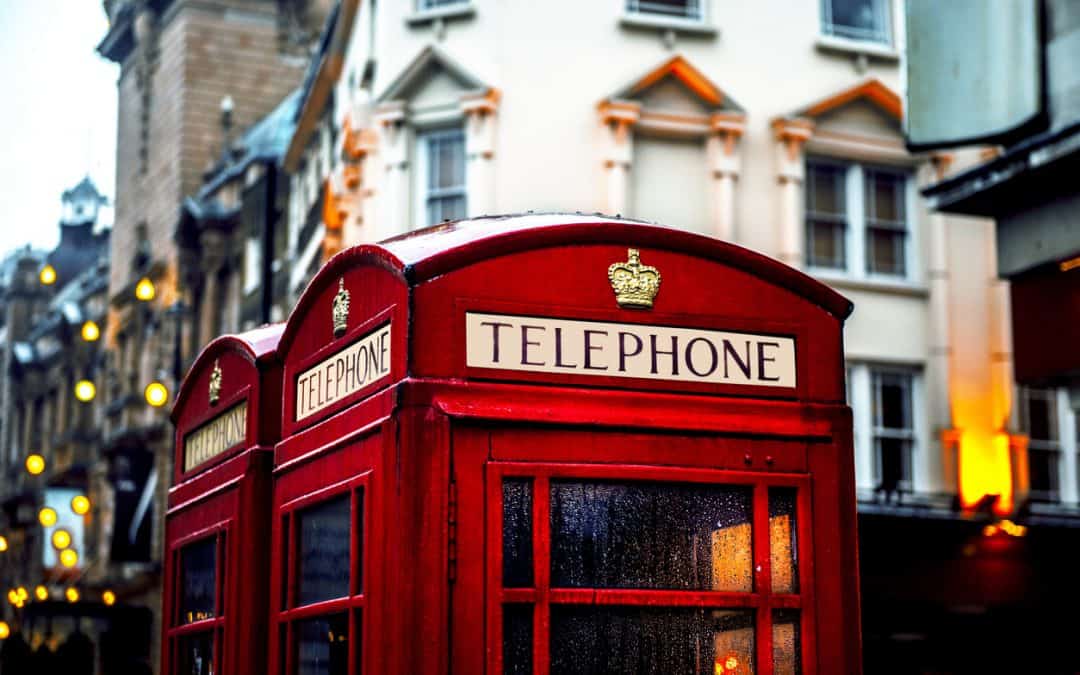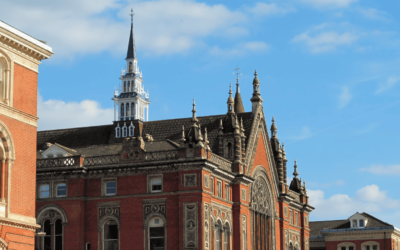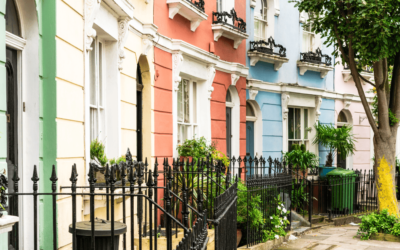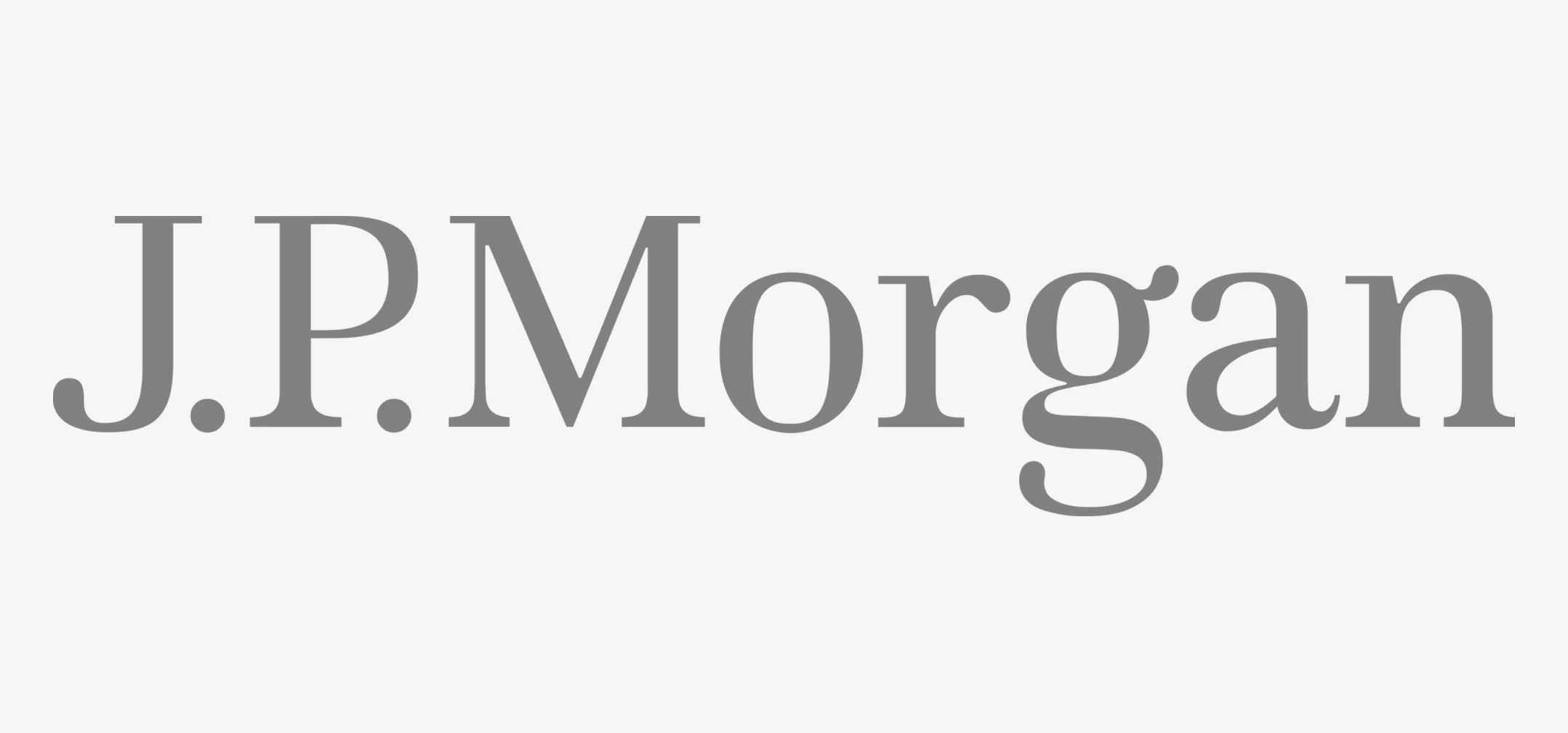Where To Live In London
Where to live in London? It’s the burning question on most people’s minds if they are considering a move to London. The answer varies of course. Each area of London has its own specific personality. Let’s start with a general overview of the different areas of London.
Contact us to learn more about how we can help you narrow London down the best areas for you and then help you secure a rental flat in London.
Living In East London
East London is currently known for its bohemian and arty lifestyle and is becoming more and more popular. This means that while it used to an area where you could look to get a bit of a deal, that’s no longer the case. Rental prices can be just as high as more traditional areas of London. It has a far more urban feel and does still feel a bit rough around the edges. This is contrasted by the new developments that are scattered around – large complexes of ‘built to rent’ offer lots of amenities and modern interiors.
‘East London’ refers to the area east of the City of London. The old city walls along Bishopsgate are the western edge. The river Thames is the southern border, and the River Lea the eastern boundary. The northern edge of the East End remains unclear but we will consider the Regent’s Canal as the northern boundary. This is Shoreditch. Once a predominantly working-class area, it is now popular and thriving.
In the East make sure to check out Shoreditch, Spitalfields, Aldgate East and Bethnal Green. If you’re open to looking a bit further out Hackney, Hoxton and Dalston are solid options that are well connected using the Overground. There are lots of really cool cafes and coffee shops all over. The closer you get to Shoreditch, the more bars and clubs you will find – perfect for a night out on the town. The downside? This isn’t a quiet place to live, especially on the weekend. Of course if you can secure something near Victoria Park you may just get the best of both worlds!
The West End in London
The West End London is known for the traditional London architecture and for a luxury lifestyle. The centre of London’s West End is Piccadilly Circus, Oxford Street, Covent Garden, and Soho. The area is known for entertainment, theatre, and shopping. Properties here will normally feature quintessential British Architecture and you will pay a premium for living here. However if that’s the price to pay for being in the thick of it – it might just be worth it!
Looking for something special to do on the west end of London? Why not visit Rules, which is London’s oldest restaurant. It serves traditional food, specializing in the classic game. Or why not make a visit to London’s oldest pub, the Lamb and Flag?
Living in West London
If you are considering living in West London this going to include areas like Notting Hill, Kensington, Chelsea etc. In terms of properties the West has a bit of everything. From small pied-à-terres to luxury houses there are plenty of options. West London is full of tree lined streets, beautiful architecture and higher end amenities. It’s a quieter place to live, but by no means far from the action.
If you want to find the West London atmosphere at a little more reasonable price, you can check out Fulham, Shepherds Bush, and Chiswick.
Living In North London
When people refer to North London this covers lots of the areas. North London extends from Finsbury and Clerkenwell on the edge of the cities financial district, to Greater London’s boundary with Hertfordshire.
However there areas that are included North London, but what we all accept as pretty central. Consider Camden, Kings Cross, Angel, Islington – there are some of the most sought after locations for young professionals moving to London. They have great transportation links, tons of amenities and offer easy access to those who may want to walk to bike to work.
If you’re looking for a quiet green area in North London I would I recommend checking out Hampstead and Belsize Park. Access to the North line and the amazing village and Heath make them an easy sell. Areas like Crouch End, Muswell Hill Stock Newington, and St John’s Wood are also worth looking at.
Living In South London

Again, when people refer to South London it can cover a wide range of areas. South London can be anything south of the River Thames, it includes the historic districts of Lambeth, Southwark, Greenwich, and Bankside.
South London is where I really think you can get the best of both worlds. You will get the kind of luxury feel that you can find in West London as well as that more bohemian personality that you get in East London. South East is a very beautiful area full of amenities pop-up markets theatres and independent art galleries. If you are interested in checking out the South East I will recommend considering Greenwich, Blackheath and East Dulwich.
Southwest London is actually the choice of many young families: most of them are choosing areas like Clapham, Balham or Putney. You can also check out Wimbledon and Richmond if you’re flexible on commute time.
Making A Decision
After considering the different areas you will need to narrow things down a bit. Focus on what most important to you and then consider what you might be willing to compromise on in order to achieve it. Things like budget, commute, size of property, amenities and lifestyle will need to all find a balance.
In General, to rent a flat in London, it costs around £1700 – £2000 per month, and that’s in an area where you may have to commute to get into central London. On top of the advertised rent you will be responsible for paying internet,water, electricity, gas and council tax.
Make Your Relocation To London Quick And Easy
If you’ve started investigating living in London, or have been investigating for some time, you know just how difficult it can be to find the perfect home. London Relocation has the perfect services for families, professionals or students planning a move to London that will take care of all the details of finding a wide selection of your perfect flats and setting up ONE day of viewing.
After you choose your perfect new home, we negotiate the lease and assist you to get moved and settled in.
Call London Relocation now to get started at 800-903-1658 from the United States or from the UK +44 20 7993 0422. Our service is 100% guaranteed to find your ideal flat in one day!












0 Comments